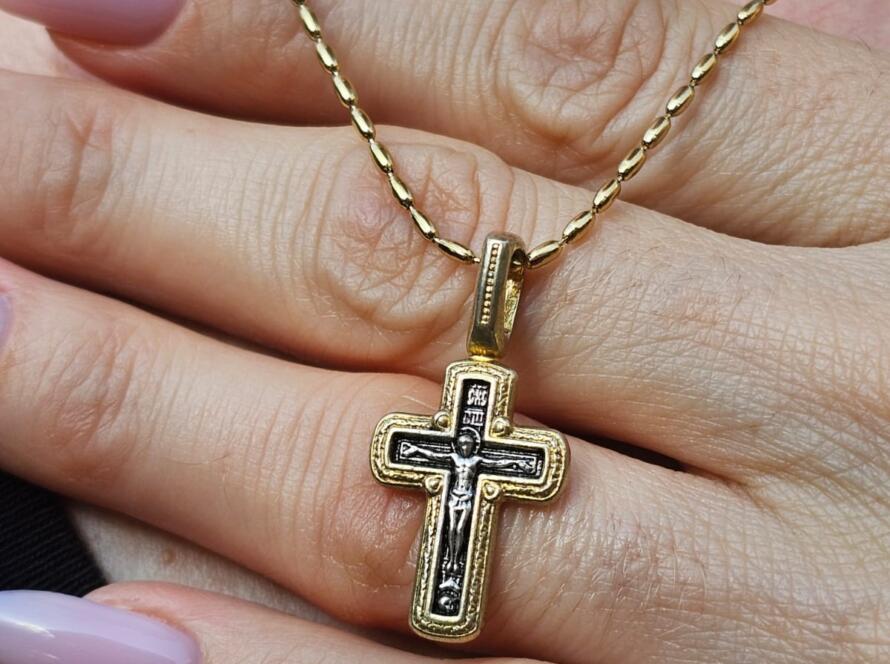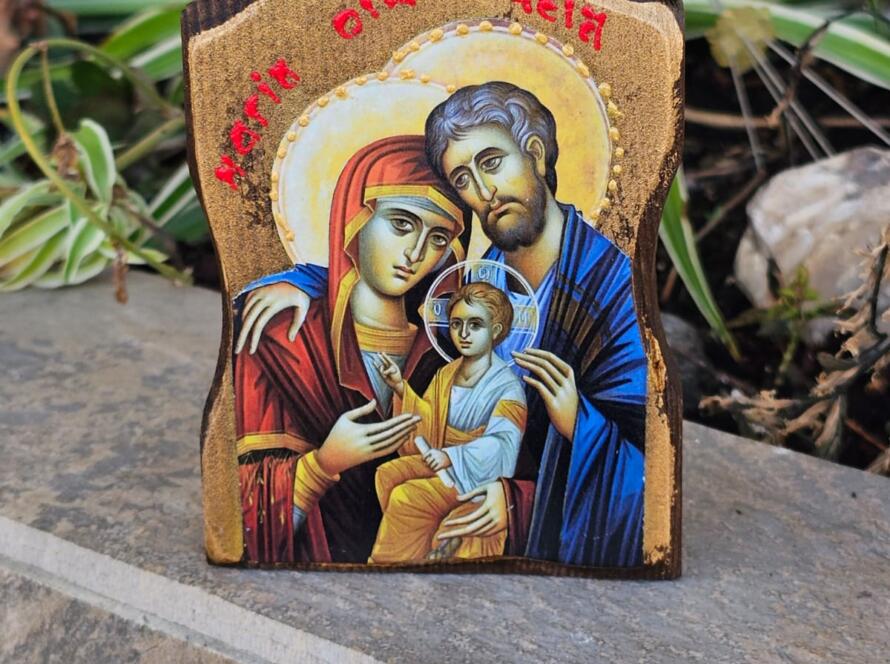Summary
Frankincense vs Myrrh
Frankincense vs Myrrh – The Biblical Difference Explained
Understanding the two most iconic resins of Scripture, their meaning, history, and spiritual use today.
https://holylandmerchandise.com/product-category/incense-burners-incense/
Introduction: Two Gifts With One Story
Few biblical substances are as famous—or as mysterious—as frankincense and myrrh. Mentioned dozens of times in Scripture and presented by the Magi to the infant Jesus, these sacred resins hold deep historical, medicinal, and spiritual significance. For thousands of years, Christians, Jews, and ancient cultures used them in worship, healing, anointing, incense rituals, and burial traditions.
Yet many believers still wonder:
What exactly is the difference between frankincense and myrrh?
Which one is used for worship?
Which one appears in the Bible more often?
And why did the Wise Men bring both to Jesus?
This comprehensive guide explains everything—botany, scent, meaning, biblical symbolism, archaeological evidence, and how Christians use these resins today.
⭐ 1. What Are Frankincense and Myrrh? (Simple Definitions)
Frankincense
Frankincense is a sweet, aromatic resin obtained by making small cuts in the bark of the Boswellia tree.
The dried tears are light in color, often golden or white, and produce a bright, uplifting fragrance when burned.
Myrrh
Myrrh is a dense, reddish-brown resin extracted from Commiphora trees.
Its scent is earthy, spicy, slightly bitter, and much deeper than frankincense—traditionally associated with mourning, healing, and anointing.
⭐ 2. Where Do Frankincense and Myrrh Come From?
Both resins originate in the ancient incense trade routes spanning:
-
Southern Arabia (Oman, Yemen)
-
The Horn of Africa (Somalia, Ethiopia)
-
Ancient Judea and surrounding regions
-
Parts of the Levant and Sinai
Archaeologists have discovered frankincense burners, incense altars, and myrrh jars dating to thousands of years before Christ—evidence of their sacred status.
⭐ 3. Frankincense in the Bible
Frankincense appears in Scripture over 20 times, used primarily for:
✔ Temple Worship
God commanded Moses to use frankincense in the sacred incense blend burned in the Tabernacle (Exodus 30:34).
✔ Offerings & Prayer Symbolism
Frankincense represents prayers rising before God (Psalm 141:2; Revelation 8:3).
✔ Gift of the Magi
The Wise Men gave frankincense to Jesus as a symbol of His divinity and kingship.
⭐ 4. Myrrh in the Bible
Myrrh appears over 150 times in Scripture and is strongly associated with:
✔ Healing and Medicine
Used as a balm, antiseptic, and anesthetic
(Mark 15:23).
✔ Anointing Oils
The holy anointing oil of Moses included myrrh (Exodus 30:23).
✔ Burial of Jesus
Myrrh and aloes were used to prepare Jesus’ body (John 19:39).
✔ Symbol of Suffering and Sacrifice
The bitterness of myrrh points to Christ’s suffering.
⭐ 5. The Symbolic Meaning: Frankincense vs Myrrh
Frankincense – Symbol of Divinity & Worship
-
Represents prayer
-
Symbolizes Christ’s kingship
-
Associated with holiness, purity, and light
-
Used in church incense to this day
Myrrh – Symbol of Humanity & Sacrifice
-
Represents suffering and mortality
-
Symbolizes Christ’s passion and death
-
Used for healing and burial
-
Associated with spiritual cleansing
Together they form a theological message:
**Frankincense = Jesus as God
Myrrh = Jesus as Man**
This is why the Magi brought both.
⭐ 6. The Scent Difference (Worship vs Healing)
Frankincense Smell
-
Sweet
-
Bright
-
Citrus-like
-
Uplifting
-
Used in churches worldwide
Perfect for:
-
Prayer
-
Meditation
-
Worship
-
Purification rituals
Myrrh Smell
-
Earthy
-
Warm
-
Spicy-bitter
-
Deep and grounding
Perfect for:
-
Anointing
-
Healing rituals
-
Spiritual cleansing
-
Evening prayer
⭐ 7. How the Early Church Used Frankincense & Myrrh
Frankincense:
-
Burned during Eucharistic celebrations
-
Used in processions
-
Symbolic of Christ’s presence
Myrrh:
-
Used in chrism oils
-
Applied to the sick
-
Mixed with burial ointments
-
Given to martyrs and monastics
Archaeological finds from Jerusalem, the Judean Desert, and early monasteries reveal containers of both resins, confirming their sacred use.
⭐ 8. Frankincense vs Myrrh: Side-by-Side Comparison
| Feature | Frankincense | Myrrh |
|---|---|---|
| Color | Golden / white | Brown / red |
| Scent | Sweet, citrus, bright | Earthy, warm, bitter |
| Symbolism | Divinity, purity | Humanity, sacrifice |
| Bible Use | Worship, offerings | Healing, burial |
| Modern Use | Church incense | Anointing & oils |
| Magi Gift Meaning | Jesus = God | Jesus = Sacrifice |
⭐ 9. Modern Christian Uses Today
Frankincense Is Popular For:
-
Church incense
-
Home prayer
-
Meditation
-
Purifying a room
-
Spiritual “lifting” of the mind
Myrrh Is Popular For:
-
Anointing oil
-
Healing blends
-
Home blessing
-
Spiritual cleansing
-
Deeper reflection or fasting periods
⭐ 10. Why Christians Still Love These Biblical Resins
Because they connect believers to:
-
The Bible
-
The birth of Jesus
-
The Temple in Jerusalem
-
Early Christian worship
-
The symbolism of prayer and sacrifice
-
The scent of sacred tradition
Burning frankincense or using myrrh oil isn’t just a ritual—
it’s a sensory link to Scripture, history, and 2,000 years of Christian devotion.
⭐ Conclusion: Two Resins, One Savior
Frankincense and myrrh may look similar as ancient resins, but spiritually, symbolically, and historically, they each reveal a different side of Jesus:
-
Frankincense → His divine nature
-
Myrrh → His humanity and sacrifice
Together they form one of the richest and deepest spiritual pairings in Christianity. Whether used as incense, oil, or devotional items, they remain powerful reminders of the Gospel story and the faith that continues today.





